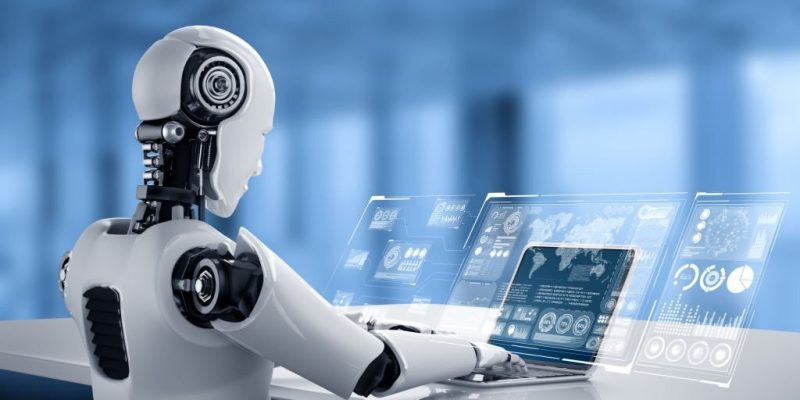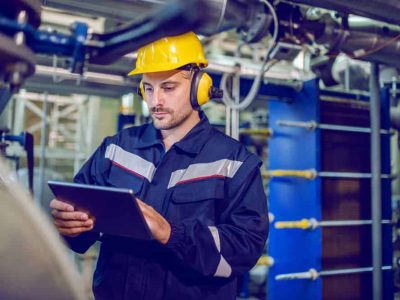
In the vast landscape of modern manufacturing, the integration of robotics into machining processes stands as a beacon of innovation and efficiency. This article delves into the transformative potential of robotics in machining, shedding light on its evolution, current applications, cutting-edge technologies, challenges, future trends, and opportunities.
Introduction
Machining robotics, the process of shaping materials into desired forms through controlled removal techniques, has been a cornerstone of manufacturing since ancient times. From the invention of the lathe in ancient Egypt to the Industrial Revolution’s milling machines, the quest for precision and efficiency has been relentless. However, traditional machining methods often need to be improved in terms of accuracy, efficiency, and versatility. The advent of automation brought significant improvements, but it’s the rise of robotics that promises to revolutionize the field.
Evolution of Machining
Throughout history, machining techniques evolved from manual operations to mechanized processes. Artisans meticulously shaped materials by hand, relying on skill and experience to achieve desired outcomes. With the advent of the Industrial Revolution, powered machinery transformed manufacturing, enabling mass production on a scale previously unimaginable.
While effective, traditional machining methods were labor-intensive and prone to errors. The introduction of automation marked a significant milestone in machining, with programmable machines controlled by computers replacing manual labor. This shift brought improvements in accuracy, repeatability, and productivity, laying the groundwork for further advancements.
Machining Robotics in Modern Machining
Robotic machining systems represent the culmination of centuries of innovation, combining automation with the dexterity and adaptability of robotic systems. These systems employ robotic arms equipped with specialized end-effectors to perform various machining tasks with precision and efficiency.
The advantages of using robotics in machining are manifold. Firstly, robotic systems offer enhanced precision and accuracy, capable of maintaining tight tolerances consistently. Secondly, they enable increased productivity by reducing cycle times and enabling continuous operation. Additionally, robotics provide flexibility in handling complex tasks and materials, adapting to changing production requirements seamlessly. Moreover, robotic machining contributes to improved safety for workers by minimizing exposure to hazardous environments and repetitive tasks.
Robotic machining finds applications across diverse industries, from automotive manufacturing to aerospace engineering and beyond. In automotive production, robots precisely mill engine components, ensuring tight tolerances and consistency. In aerospace, robotic systems machine intricate parts for aircraft engines, reducing lead times and costs while maintaining high-quality standards.
Cutting-edge technologies in Robotic Machining
The convergence of robotics with cutting-edge technologies is propelling the field of robotic machining into new frontiers. Artificial intelligence (AI) and machine learning algorithms empower robotic systems with adaptive control capabilities, enabling them to optimize machining parameters in real-time for enhanced performance and efficiency.
Advances in sensor technology equip robotic machining systems with capabilities for real-time monitoring and feedback. Vision systems enable robots to inspect workpieces with unparalleled accuracy, ensuring quality control throughout the machining process. Moreover, the integration of 3D printing and additive manufacturing with robotics opens doors to customized, on-demand manufacturing solutions, revolutionizing prototyping and small-batch production.
Challenges and Considerations
Despite the immense potential, the widespread adoption of robotic machining faces several challenges. The initial investment costs can be substantial, requiring careful ROI analysis to justify implementation. Moreover, skilled labor shortages pose a significant hurdle, necessitating workforce training programs to bridge the gap and ensure the effective operation and maintenance of robotic systems.
Regulatory and safety standards must also be addressed to ensure the safe operation of robotic machining systems. Cybersecurity risks in automated systems present a growing concern, requiring robust cybersecurity measures to safeguard against potential threats and ensure data integrity and confidentiality. Moreover, ethical considerations surrounding job displacement necessitate careful deliberation and proactive measures to mitigate adverse impacts on the workforce.
Future Trends and Opportunities
Looking ahead, the future of robotic machining is brimming with possibilities. Continued advancements in robotic technology, coupled with ongoing research and development efforts, are poised to drive further innovation in the field. Collaboration between humans and robots, particularly in the form of cobots, holds promise for enhanced productivity and safety in manufacturing environments.
Expansion into new industries and applications, such as medical device manufacturing and renewable energy, also presents exciting opportunities for the growth of robotic machining. Moreover, the integration of sustainable and eco-friendly manufacturing practices with robotic technologies can pave the way for a more environmentally conscious future, reducing waste and minimizing the carbon footprint of manufacturing processes.
Of course, with the more widespread use of automation, costs of automation can decrease both in terms of upfront and maintenance fees. While cobotsgenerally have good ROI for companies across verticals and of different sizes, this can be further optimized.
Conclusion
In conclusion, robotics holds the key to unlocking the full potential of machining in the 21st century. From its humble beginnings to its current state of innovation, the journey of machining has been marked by continuous evolution. As we stand on the cusp of a new era driven by robotics, the possibilities are limitless. By embracing this transformative technology and overcoming the challenges ahead, we can shape a future where robotics revolutionize the manufacturing landscape, paving the way for greater efficiency, precision, and sustainability.











